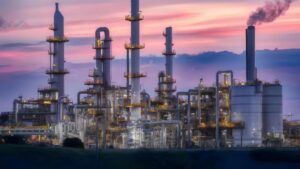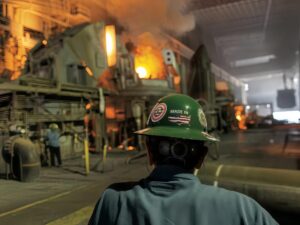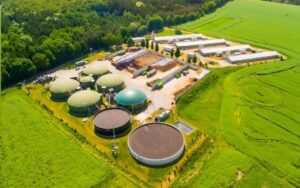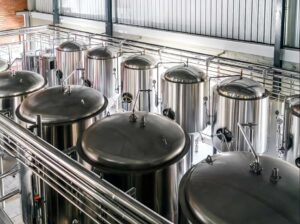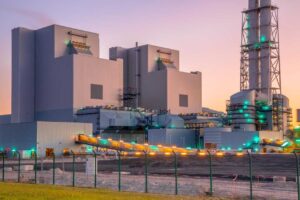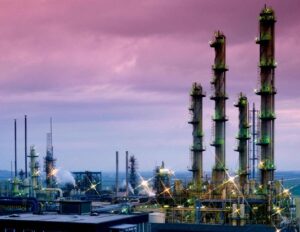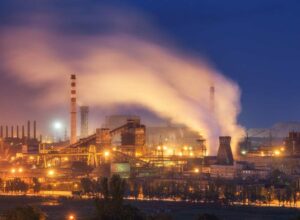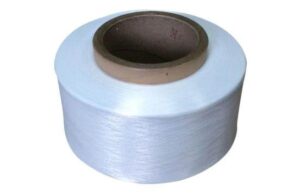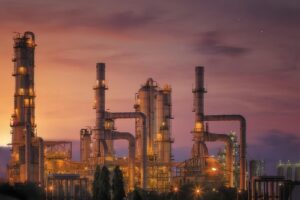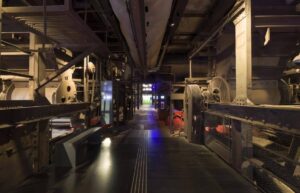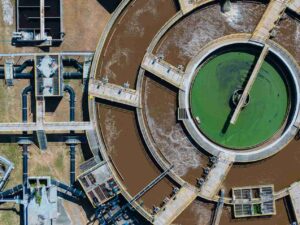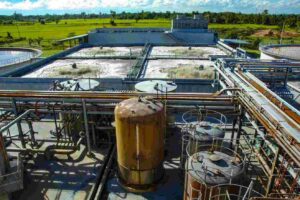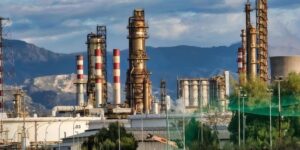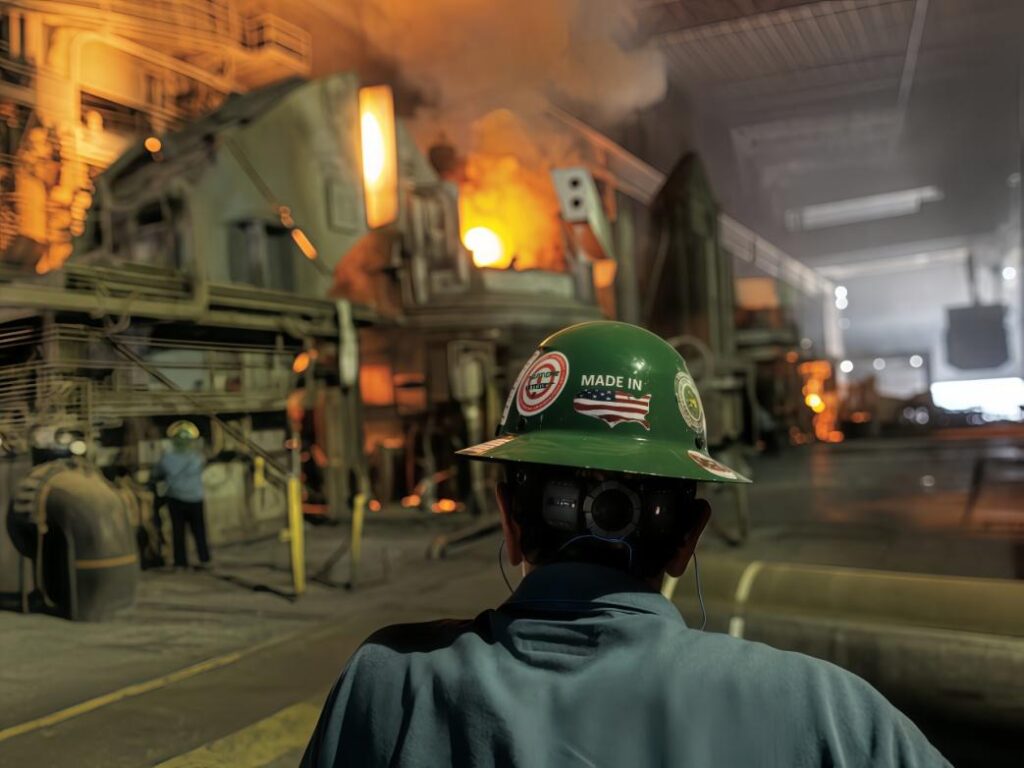
(Industrial harsh environment)
Oxygen analysis lies at the heart of many industrial processes—from combustion control to safeguarding process integrity. Without reliable oxygen data, operations risk inefficiency, unsafe conditions, or substandard quality. In harsh or corrosive environments—think furnaces, incinerators, or chemical reactors—oxygen sensors face extreme heat, corrosive gases, and physical strain. These conditions can degrade measurement accuracy, trigger frequent maintenance, and even lead to unexpected shutdowns. As a result, choosing the right oxygen analyzer becomes not just a technical decision—but one that defines process safety and sustainability.
In this article, I aim to guide both technically curious readers and plant engineers through selecting a rugged, reliable oxygen analyzer. We’ll highlight the key selection criteria—temperature resilience, corrosion resistance, measurement integrity, and ease of integration. You’ll see how the robust zirconia oxygen analyzer—especially models like the ESE-Z-100—meets these demands. Along the way, I’ll unpack fresh insights into how sensor choice influences long-term safety, operability, and even team alignment on the plant floor.
What Defines a Truly Harsh or Corrosive Environment for an Oxygen Analyzer?
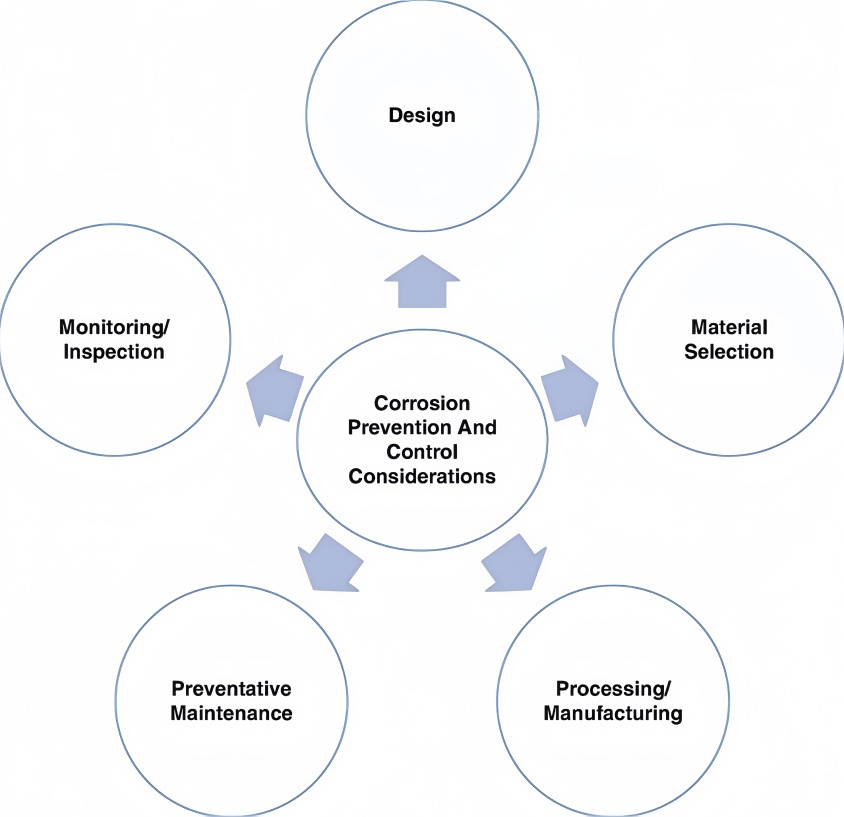
A. Environmental Stressors
Let’s break it down plainly: certain conditions really put an oxygen analyzer to the test. First, extremely high heat—think over 1000 °C—can literally warp or crack sensor parts. Meanwhile, corrosive chemicals like SOₓ, NOₓ, or chlorides attack surfaces and impair readings. Add in moisture, acid vapors, and fine particulates—they clog or coat critical sensing layers. And don’t forget physical stress: constant vibration or rapid thermal cycling can loosen connections or fatigue components. In short, harsh environments often combine heat, chemicals, moisture, particles, and mechanical strain—a perfect storm for traditional sensors.
B. Impact on Sensor Performance & Integrity
So, what happens to the analyzer under these stresses? Its materials degrade over time, causing drift or slow loss of accuracy. Sensors may become “poisoned” by deposits or reactive species, skewing their measurements. You might spot slow responses, false alarms, or sense the analyzer demanding frequent recalibration. In severe cases, that can lead to operational risks—especially in explosive or reactive settings—where a single faulty reading can disrupt safety protocols or trigger shutdowns. Essentially, these environments bend both the electronics and our ability to trust them.
Why Does a Zirconia Oxygen Analyzer Excel in Rugged Industrial Settings?
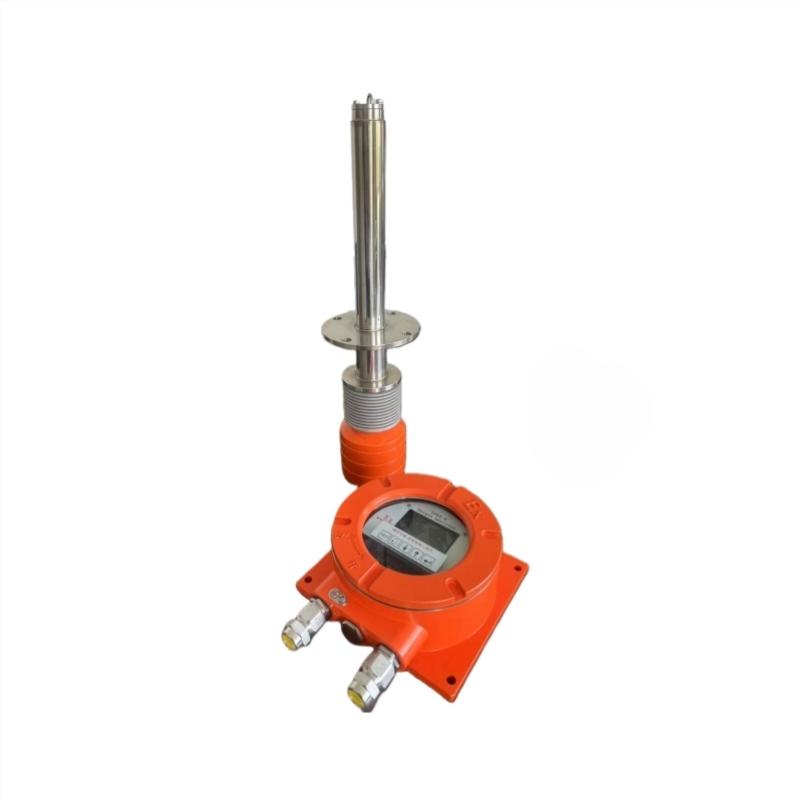
A. Operating Principle & Strengths
Zirconia oxygen analyzers use zirconium dioxide as a solid electrolyte. At high temperatures, the ceramic mobilizes oxygen ions, generating a voltage following the Nernst equation—making the device both precise and response-fast. This design gives them a broad measuring range—from parts per million to full percentages—while maintaining stability. Plus, they operate with few moving parts, cutting down on wear and enabling quick reaction times.
B. Inherent Robustness
Moreover, the zirconia element offers incredible thermal resilience. For example, the ESE-Z-100 uses a patented ceramic probe protector that resists corrosion and survives temperatures up to 1700 °C. This means the probe can tolerate intense thermal cycles and harsh flue gas conditions without compromising performance.
C. Known Constraints
However, zirconia sensors aren’t invincible. They suffer if exposed to halogens, organic contaminants, moisture, or combustible gases. These substances can poison the sensing surface, degrade accuracy, or even damage the cell over time. Therefore, designers must add upstream filtration or protective features to guard the sensor in hostile environments.
How Should You Evaluate the Zirconia Oxygen Analyzer for Rugged Conditions?
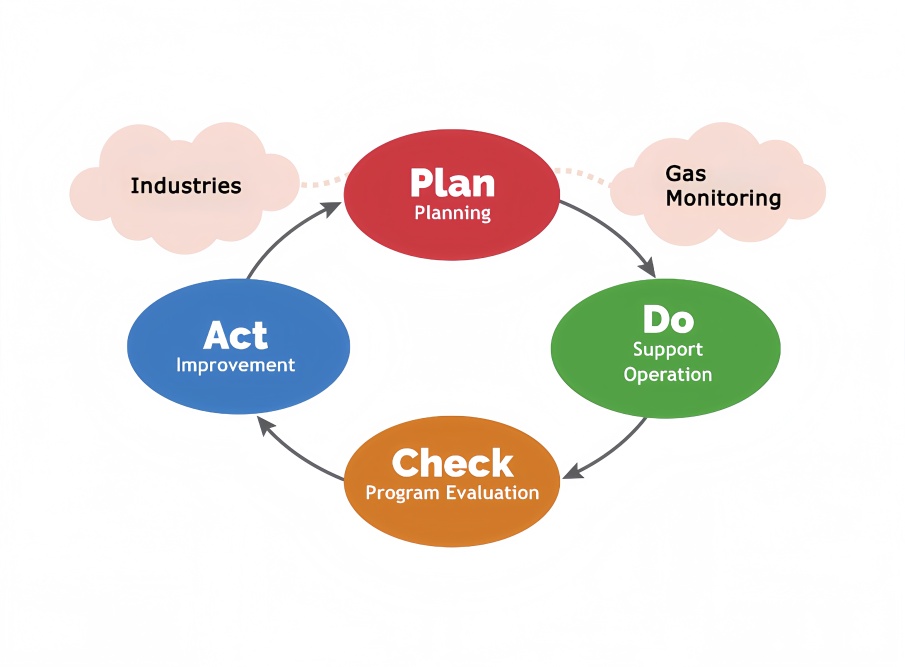
(EMS)
A. Fundamental Selection Criteria (High-Level View)
Here’s a refined checklist to guide your choice:
- Temperature & Durability
- Will your process exceed 1000 °C?
- Can the sensor handle intense thermal cycling or shocks?
- Corrosive Gas Exposure
- Which corrosive species—SOₓ, chlorides, etc.—are present?
- Do you need a corrosion-resistant probe?
- Accuracy, Range & Response Time
- Do you need sub-5-second readings of oxygen swings?
- Are you measuring ppm levels up to percent-range oxygen?
- Installation & Maintenance Logistics
- Does the setup allow a wall mount, or must it be in-line?
- Can you perform calibration easily on site?
- System Integration & Communications
- Do you need analog outputs (4–20 mA) or digital (RS-485/HART)?
- Are alarm outputs essential for process safety?
This framework helps you align sensor choice with both the environment and operational demands.
B. How the ESE-Z-100 Matches These Criteria
- High-Temperature Resilience
The ESE-Z-100 operates with a ceramic-protected probe that survives up to 1700 °C, ideal for furnace and flue gas conditions. - Corrosion & Contaminant Resistance
Its rugged ceramic design impairs particulate intrusion and keeps corrosion in check. - Performance Metrics
It delivers fast response times (1–5 s), 2% full-scale precision, and measures up to 20.9% O₂ in both oxidizing and reducing atmospheres. - Installation & Durability
The unit is wall-mountable, features a waterproof probe, and offers an explosion-proof option (ExdII CT6) for high-risk areas. - Data Output & Interfacing
You get standard 4–20 mA output, RS-485 or optional RS-232 alternatives, plus two alarm outputs—all you need for seamless integration.
Simply put, the ESE-Z-100 covers the essential selection criteria with true industrial toughness—across heat, integration, performance, and safety.
Conclusion
Choosing the right oxygen analyzer means blending hard data with practical insight. You must match environmental stresses—high heat, corrosive elements, vibration—with technologies that resist them. Zirconia oxygen analyzers like the ESE-Z-100 deliver a powerful balance of durability and accuracy. They use a high-temperature ceramic probe and uphold performance even at probe temperatures up to 1700 °C, thanks to a patented corrosion-resistant design and fast response capability. Ready to explore the different models of the ESE-Z-100 Zirconia Oxygen Analyzer?
Now it’s time to pause and reassess. Think about your current sensor fleet: are decisions driven by price tags or by true resilience under harsh conditions? Could selecting a rugged analyzer like the ESE-Z-100 reduce hidden risks—such as unexpected downtime, safety hazards, or wasted energy? Switching to a more robust solution may not just protect equipment—it can sharpen operations and cultivate a safer, leaner workplace.
As a next step, invite your team to evaluate: what matters more—short-term cost savings or long-term, reliable performance? Because in tough industrial settings, the real winners are those tools that endure—and help everyone work smarter and safer.
If you want to know more, contact with us please!
Oxygen Analyzer FAQs
1. What is the best oxygen analyzer for harsh or corrosive industrial environments?
For extreme conditions, zirconia oxygen analyzers are considered the most reliable choice. The ESE-Z-100 stands out with its ceramic probe that withstands high heat and corrosive gases while delivering accurate measurements.
2. How does a zirconia oxygen analyzer work in industrial applications?
It uses a solid zirconium dioxide electrolyte that conducts oxygen ions at elevated temperatures. The resulting voltage, governed by the Nernst equation, directly reflects oxygen concentration, enabling fast and stable readings across a wide range.
3. What industries need rugged oxygen analyzers?
Rugged oxygen analyzers are critical in power plants, steel mills, cement production, chemical processing, refineries, and glass manufacturing—industries where heat, corrosive gases, and dust challenge sensor performance.
4. What factors should I consider when choosing an oxygen analyzer for my plant?
Key factors include:
- Maximum process temperature and thermal cycling
- Type and concentration of corrosive gases
- Accuracy and response time requirements
- Installation and maintenance accessibility
- Integration with plant control systems (e.g., 4–20 mA, RS-485, alarms)
5. Why choose the zirconia oxygen analyzer over paramagnetic or electrochemical models?
Unlike other technologies, the ESE-Z-100 performs reliably up to 1700 °C, resists chemical attack, and maintains precision in oxidizing and reducing atmospheres. It also offers faster response and greater durability in harsh zones.
6. How often does a zirconia oxygen analyzer need calibration in harsh environments?
Calibration frequency varies with gas composition and contaminants. However, rugged analyzers like the ESE-Z-100 typically require fewer calibrations than electrochemical sensors, lowering maintenance effort and cost.
7. Can an oxygen analyzer improve process safety in hazardous zones?
Yes. An explosion-proof zirconia oxygen analyzer with self-diagnostic functions and alarm outputs can significantly reduce risks of false alarms, sensor failure, and unsafe shutdowns in explosive or corrosive areas.
8. What are the advantages of investing in a durable oxygen analyzer despite higher upfront cost?
Though more expensive initially, rugged analyzers reduce downtime, extend service life, cut replacement costs, and improve combustion efficiency. The result is a lower total cost of ownership and safer, leaner operations.




